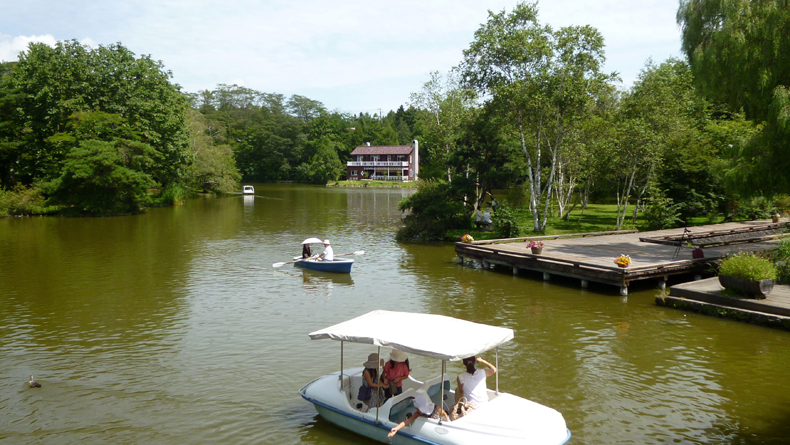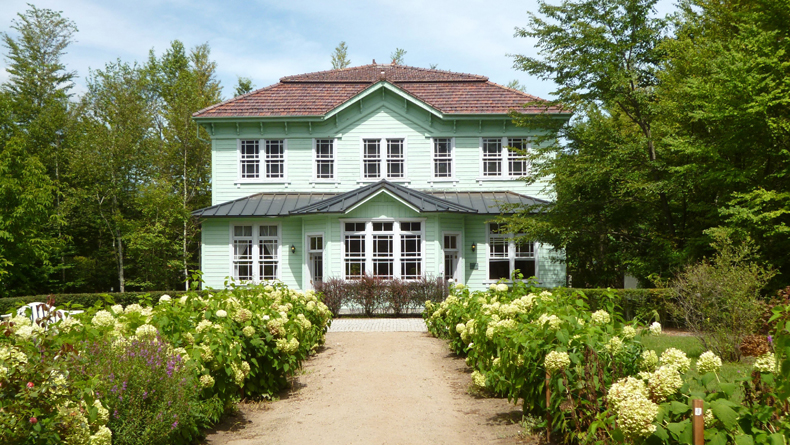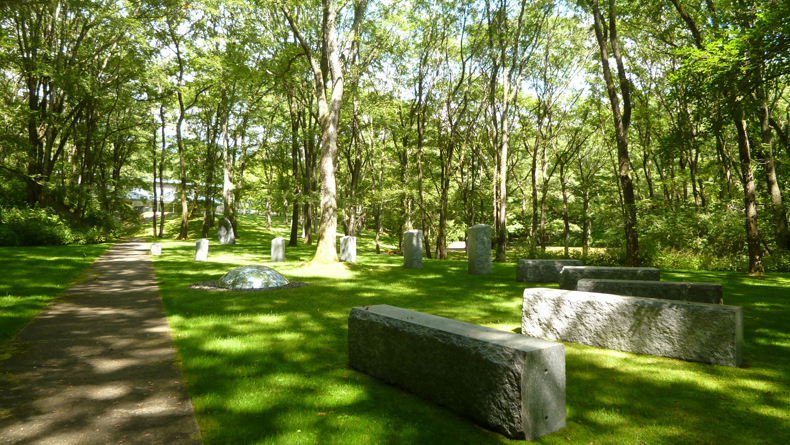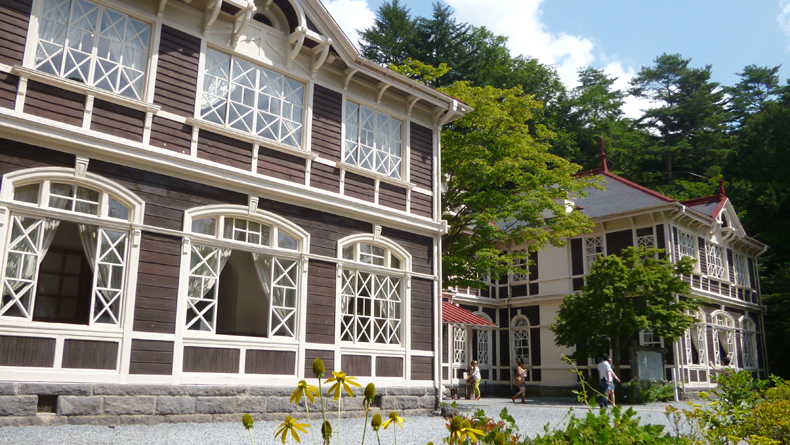Museum Hopping in Karuizawa
To escape the heat and humidity of Tokyo's summer, the highland resort town of Karuizawa has always been a favorite. Just a quick 70-minute shinkansen ride from Tokyo Station will deliver you into this lush green oasis. Due to its location and elevation, average highs in the summer are around 25 degrees celcius. In the evenings, temperatures drop to around 15, and most sleep with their windows open in order to enjoy the cool, fresh air. Although there are many things to see and do in Karuizawa, the selection of museums is especially impressive.
Southwest of the station is a collection of museums set within a lovely nature park, Karuizawa Taliesin. Entrance to the park is ¥800, but it is strongly recommended that you buy the “set pass” for ¥1,500, as this includes entrance fees for the three museums within its grounds: the Musée Peynet, the Kouko Fukazawa Nonohana Flower Museum, and the Literary Museum of Karuizawa. At the center of the park is Lake Shiozawa, where row boats and pedal boats can be rented. There is also archery, mini golf, go cart riding, tennis, an English rose garden, traditional homes that can be explored, and a number of places to eat. I recommend that you bring a blanket in order to picnic on one of the grassy lawns.
Just down the street is the Muse in the Forest. This facility consists of a number of European-style buildings set around a meadow garden. The Karuizawa Museum of Picture Books, a picture book library, and a tea salon are within the garden; the Ergebirge Toy Museum is located just outside. Again, I recommend the set ticket, which costs ¥1,100.
North of Karuizawa Station is the heart of the area, and many museums and galleries are nestled among the private homes and forests. If you prefer art that stimulates and surprises, visit the Karuizawa New Art Museum and/or the Sezon Museum of Modern Art. The grounds of the latter are especially impressive. My absolute favorite is the Hiroshi Senju Museum. An innovative structure of white open spaces and curved glass walls was designed especially to showcase Nihonga artist Hiroshi Senju’s stunning work.
A number of smaller museums house private collections and cater to many different interests. The Karuta Museum showcases one of Japan’s most famous card games, the Petit Museum Karuizawa Kusabanakan is a collection of wildflower oil paintings, and the Kataezome Museum is dedicated to the art of Japanese stencil dying. And, for a taste of local history, tour the Kyu-Mikasa Hotel. Now a museum open to the public, it is a national cultural heritage site due to its design by Japanese using only wood in an entirely Western architectural design. It has been a favorite among foreigners as far back as 1906, when it originally opened.
Getting around Karuizawa is part of the fun. Bicycle rental is inexpensive and shops are abundant—and this is by far the best way to get from one museum to another. Another option is to purchase a one-day “free pass” that provides access along four set bus routes. It is also possible to travel by car or taxi.
It is easy to visit Karuizawa for the day, although the round-trip shinkansen ticket is fairly expensive. To take full advantage of the area, it is best to stay overnight or longer. All of the hotels and inns are foreigner-friendly, as are most museums, restaurants, and shops.
The Deets
Getting there: Nagano Shinkansen trains depart Tokyo Station throughout each day, arriving in Karuizawa in about 65 to 80 minutes (about ¥5,500 each way).
Getting around: Rent a bicycle from one of the many shops near the station, or purchase a one-day “free pass” that provides access along four set bus routes. Taxis are also available.
More information: For additional details on Karuizawa, please click here.











Leave a Reply